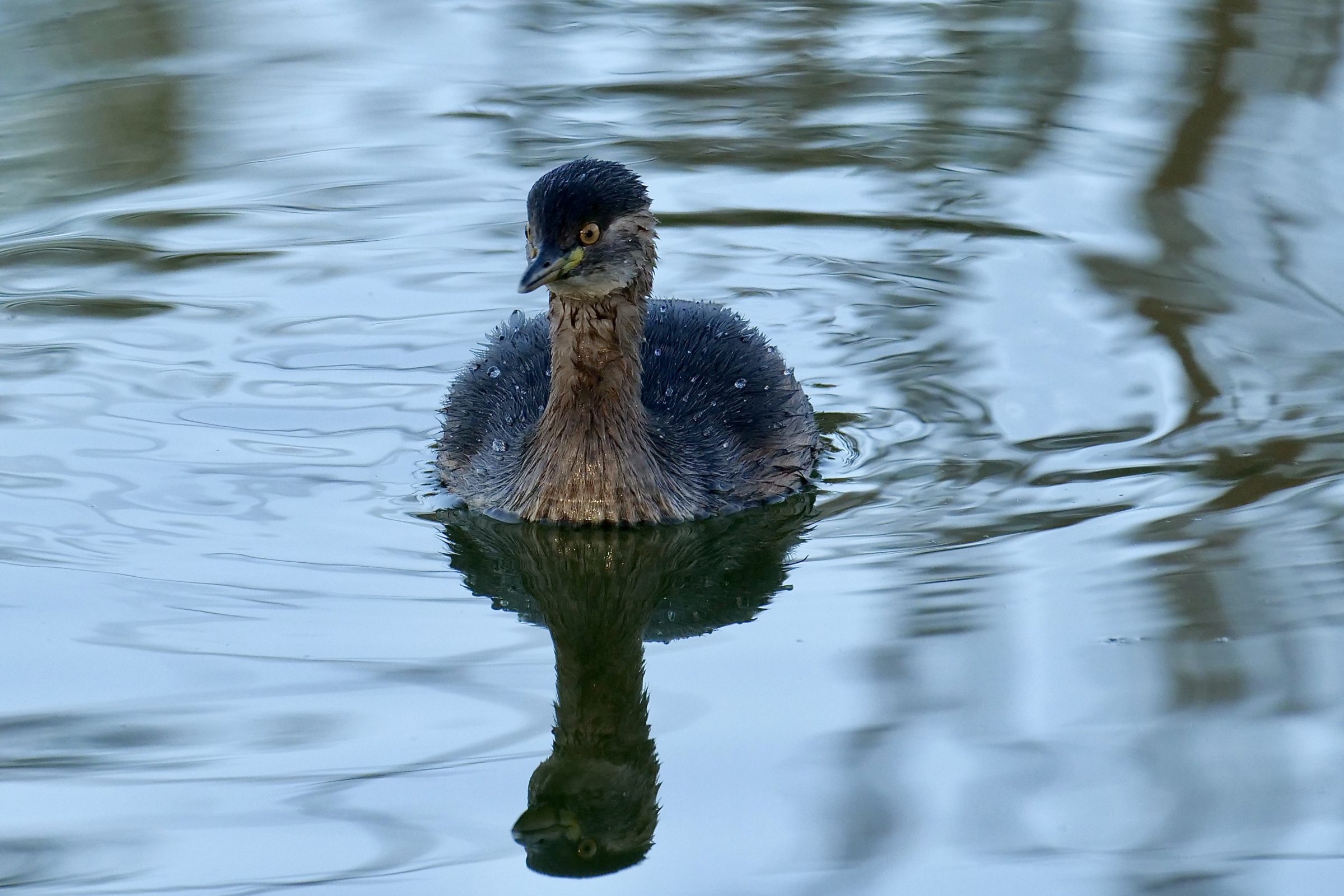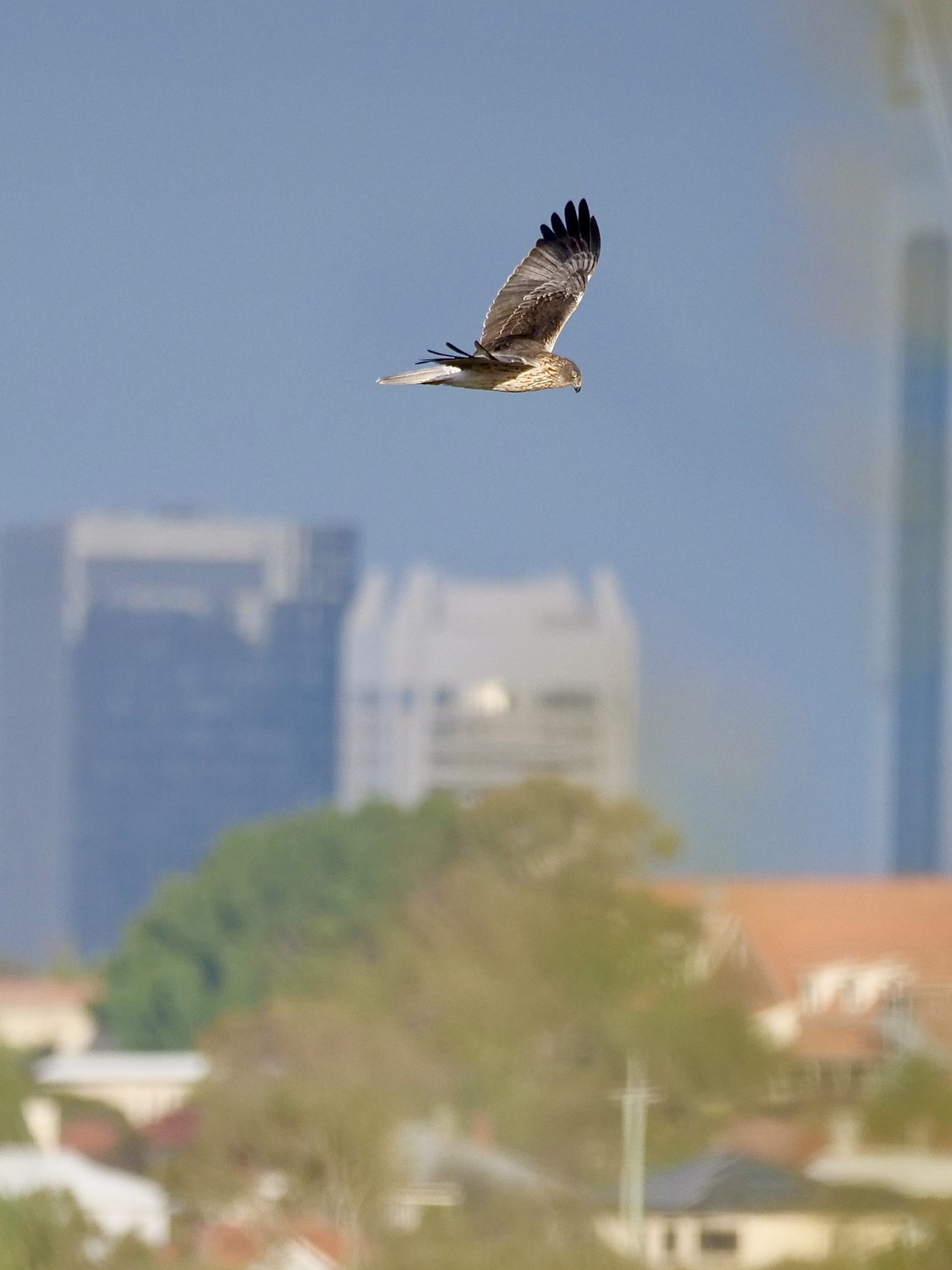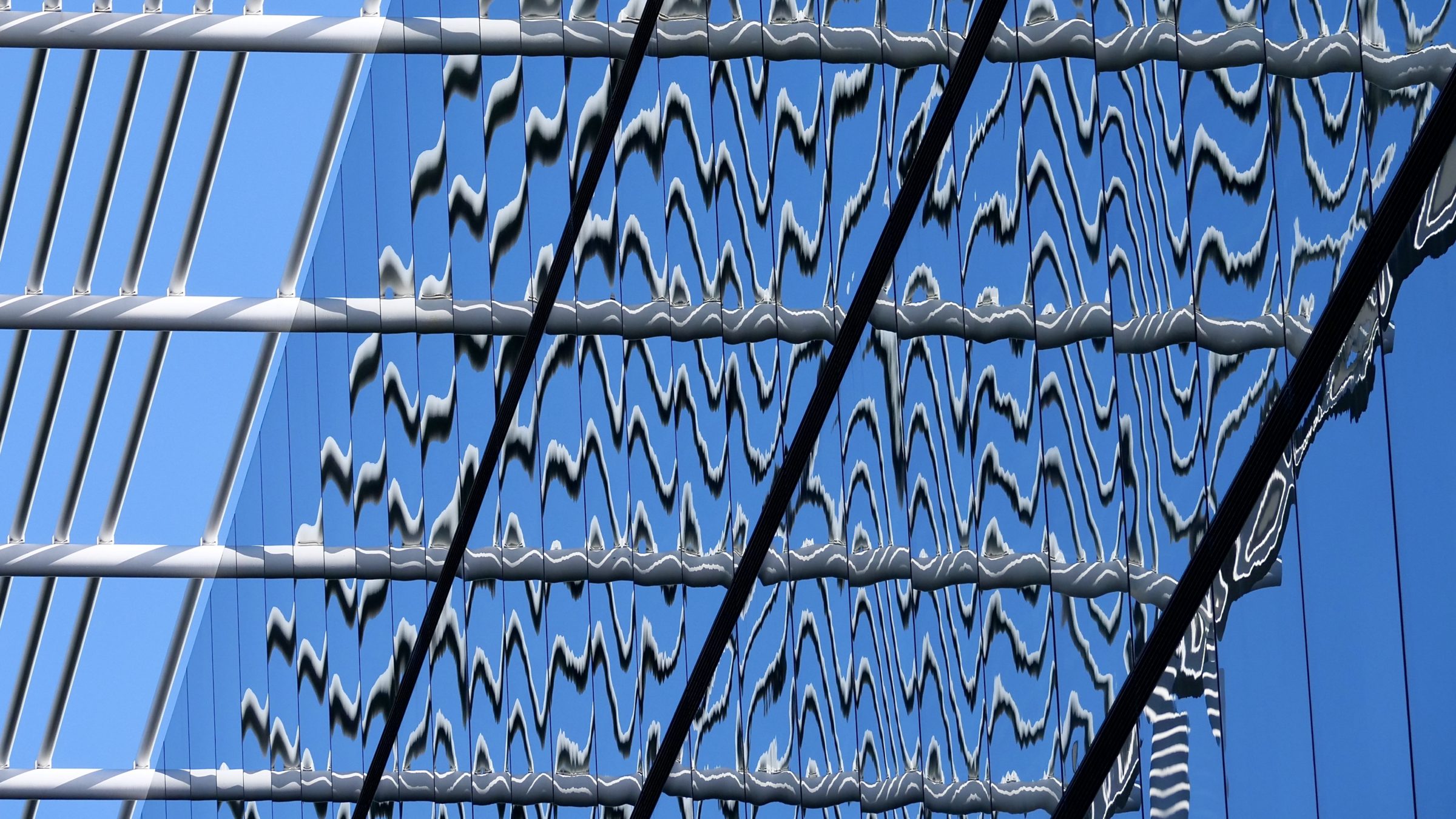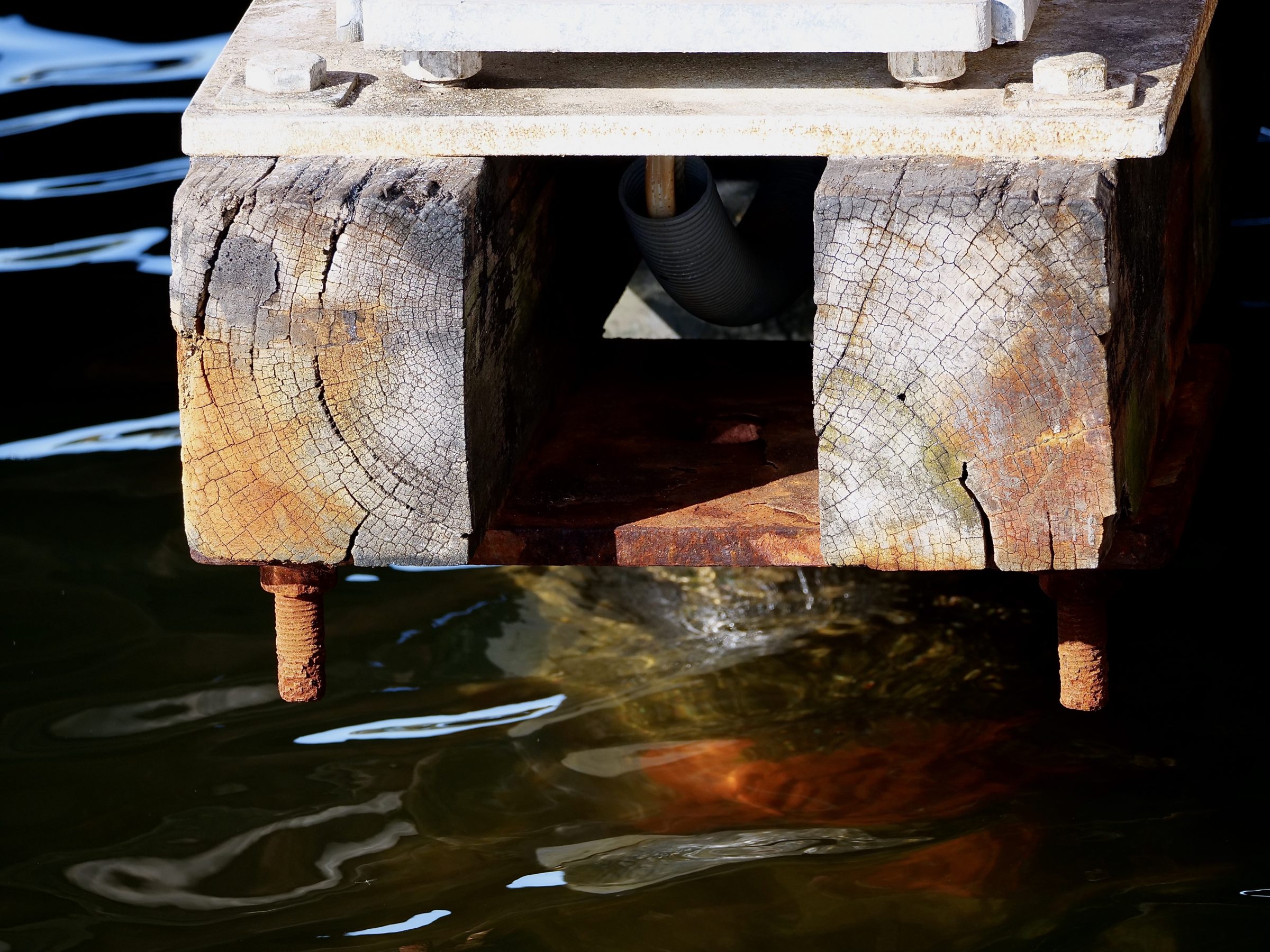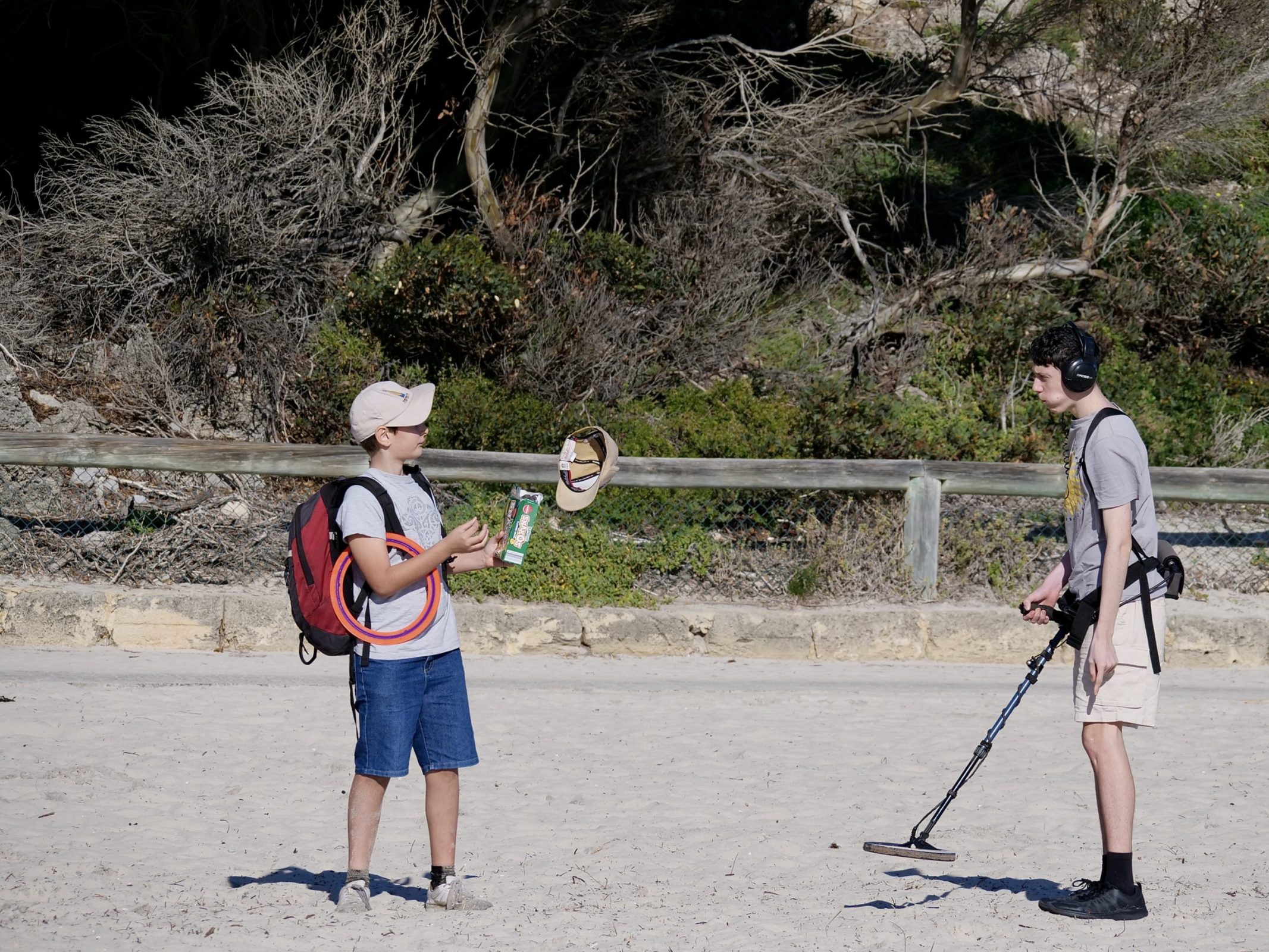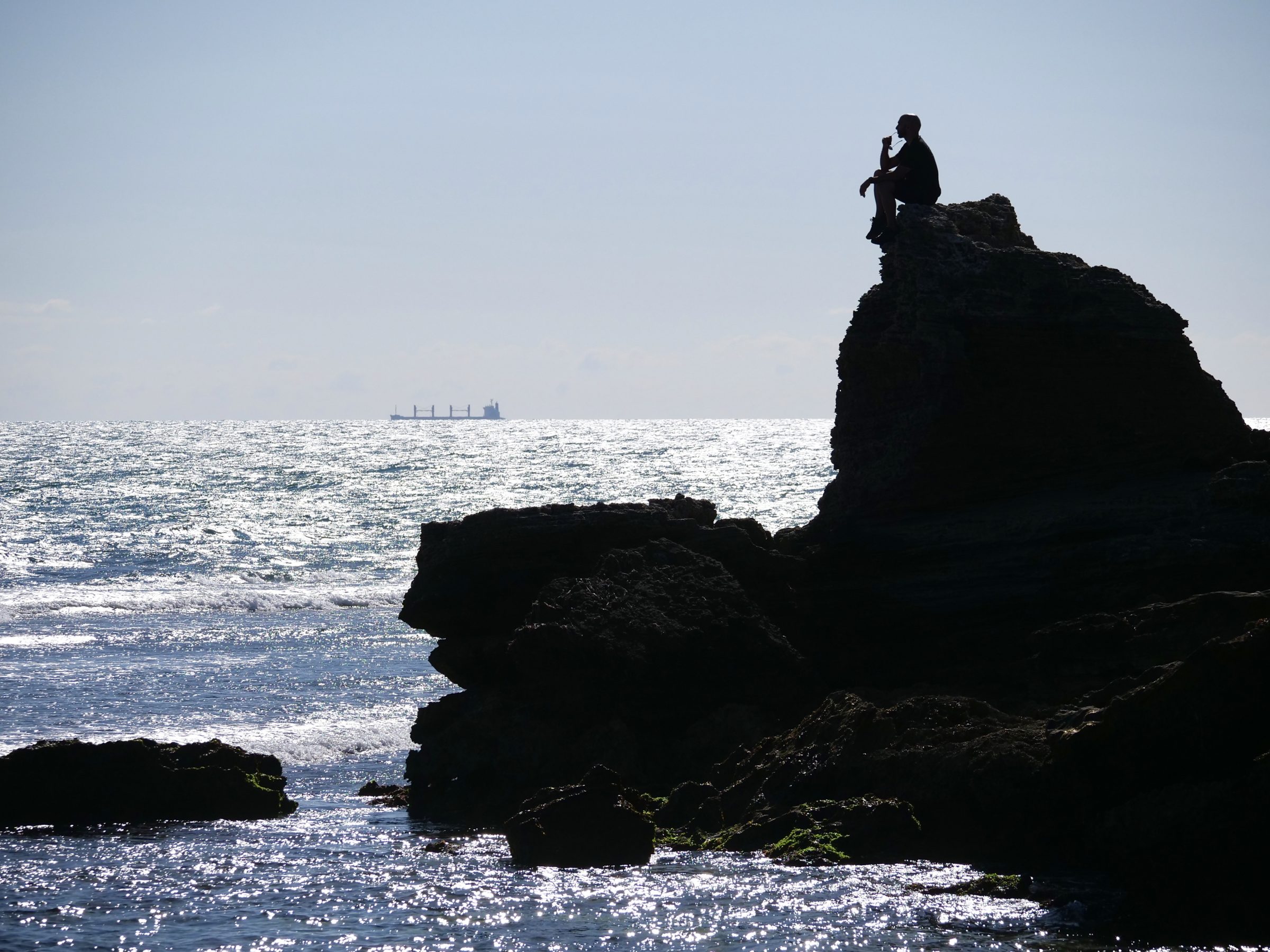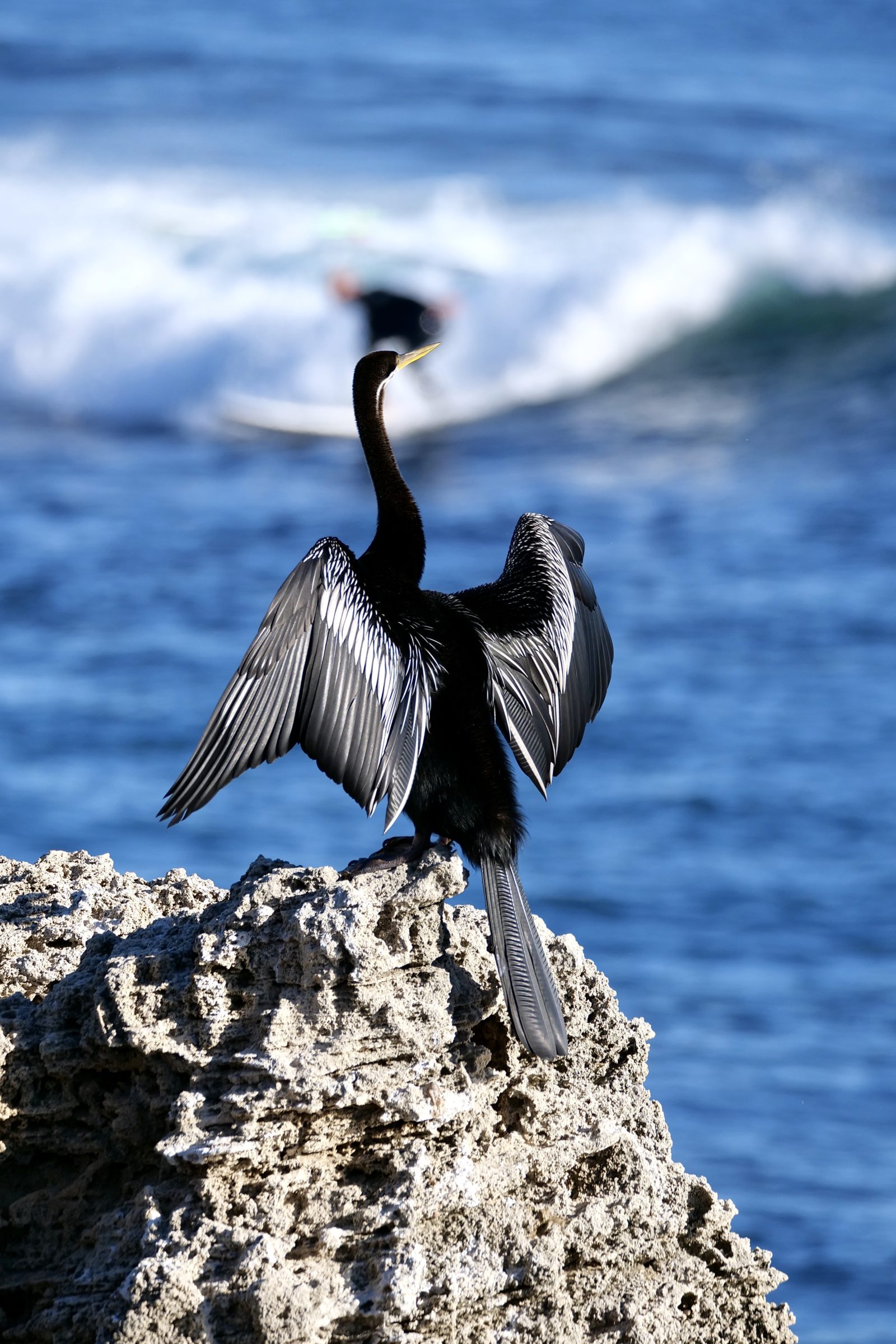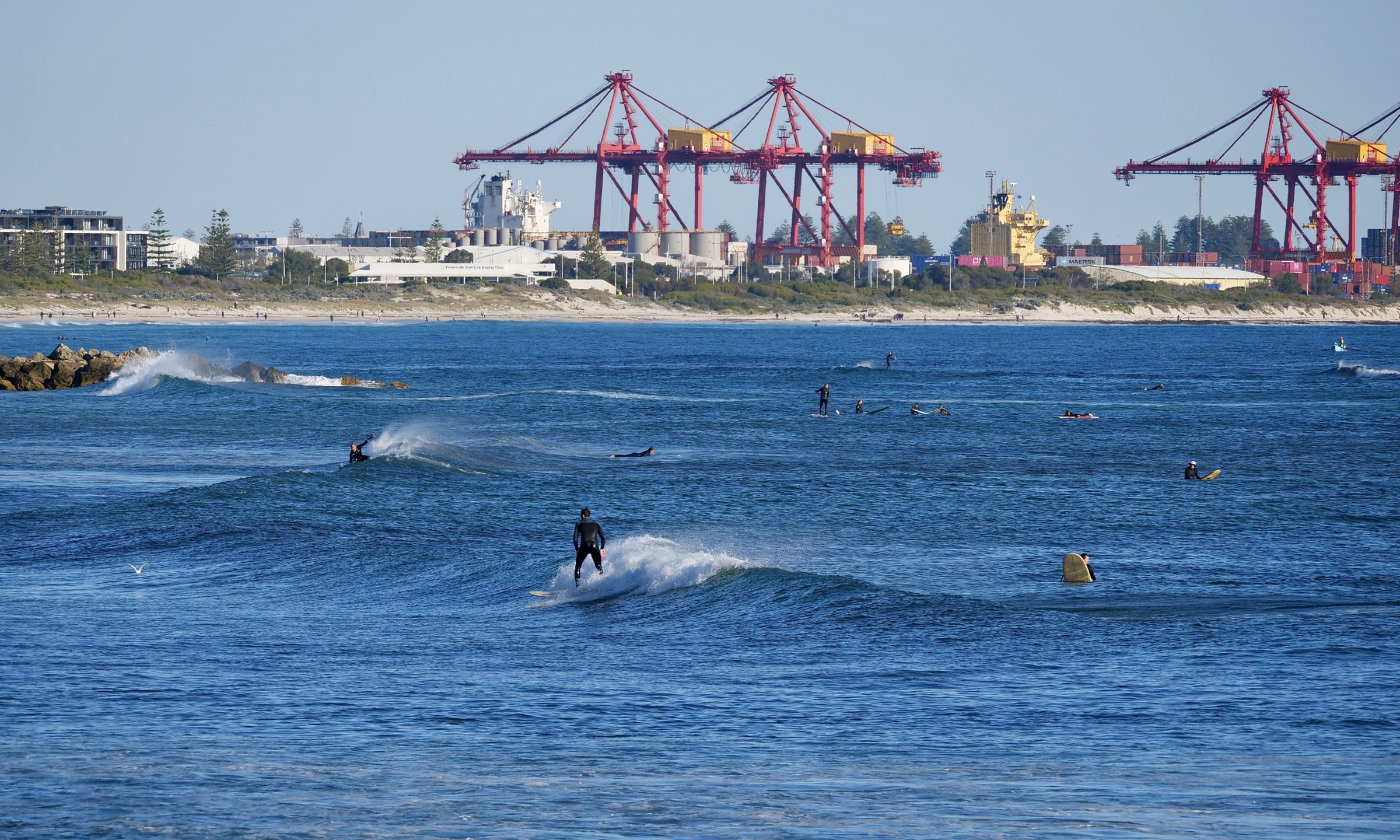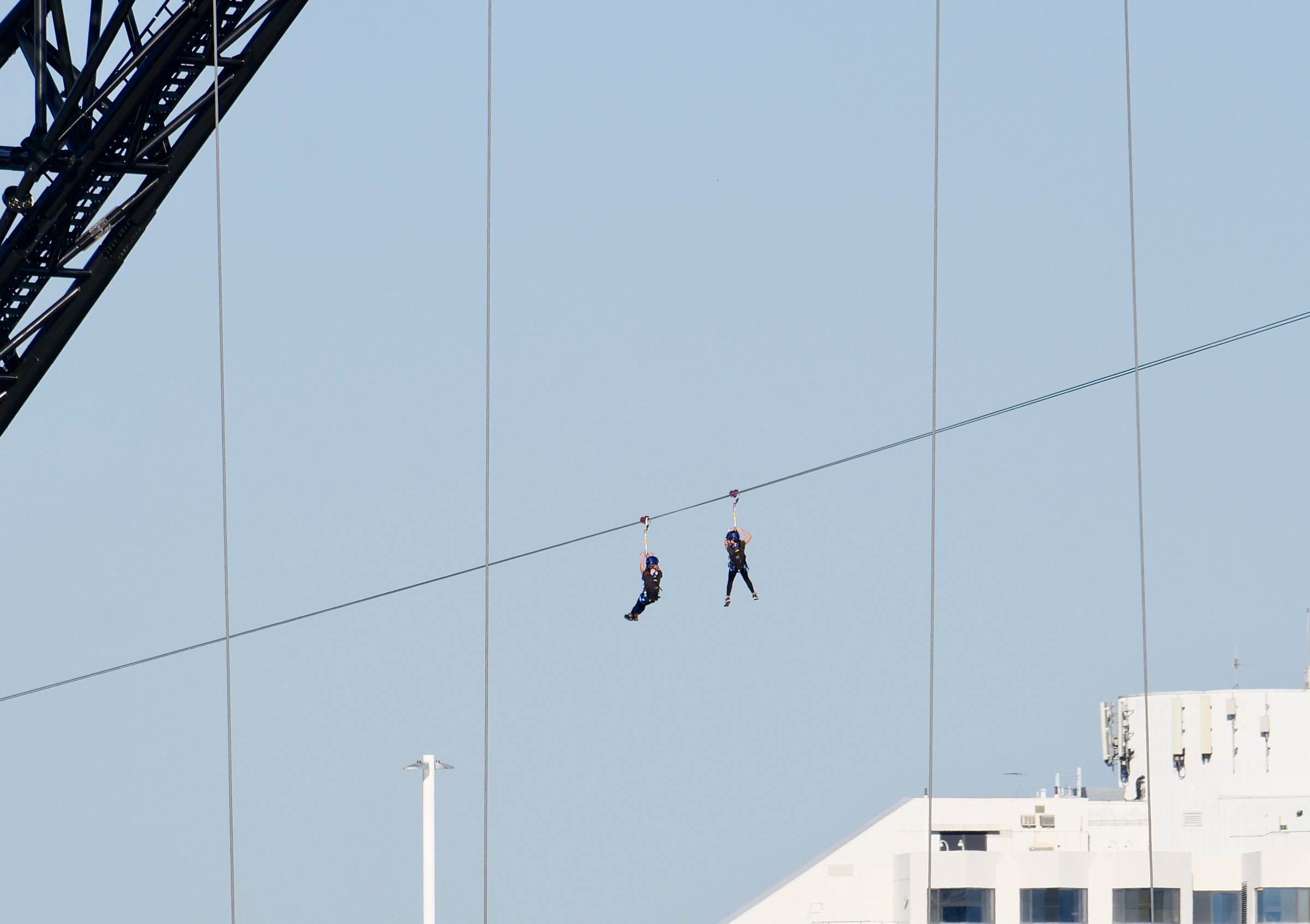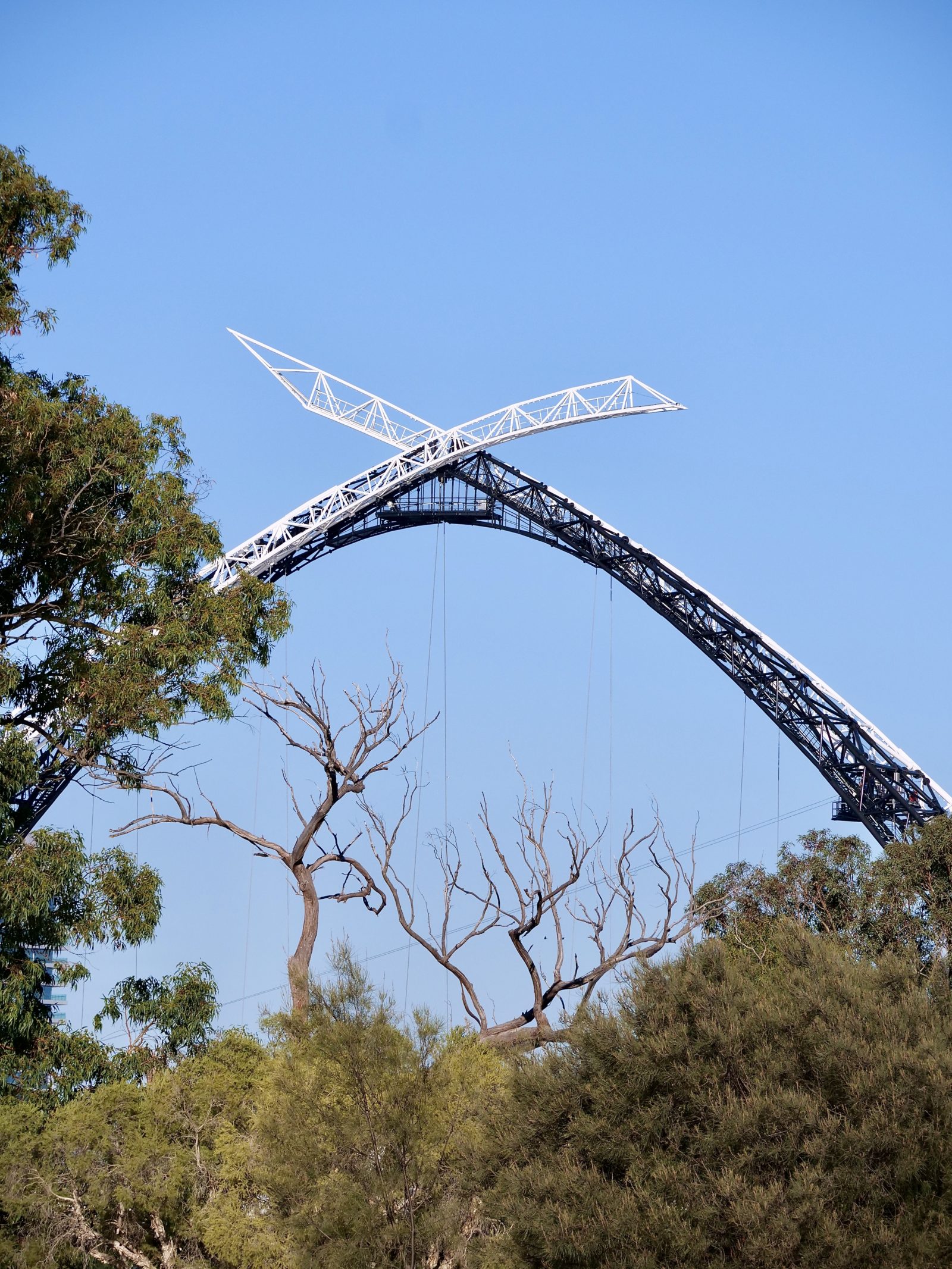As is often true of Tachybaptus novaehollandiae, our hero/ine was repeatedly disappearing and re-emerging.
Every time s/he resurfaced, the excellence of his/her feathers’ water-repellence was readily apparent.
Incidentally, as highly responsible parents, Australasian grebes sometimes eat their own feathers; click here to discover precisely why they do so.
Comments closed